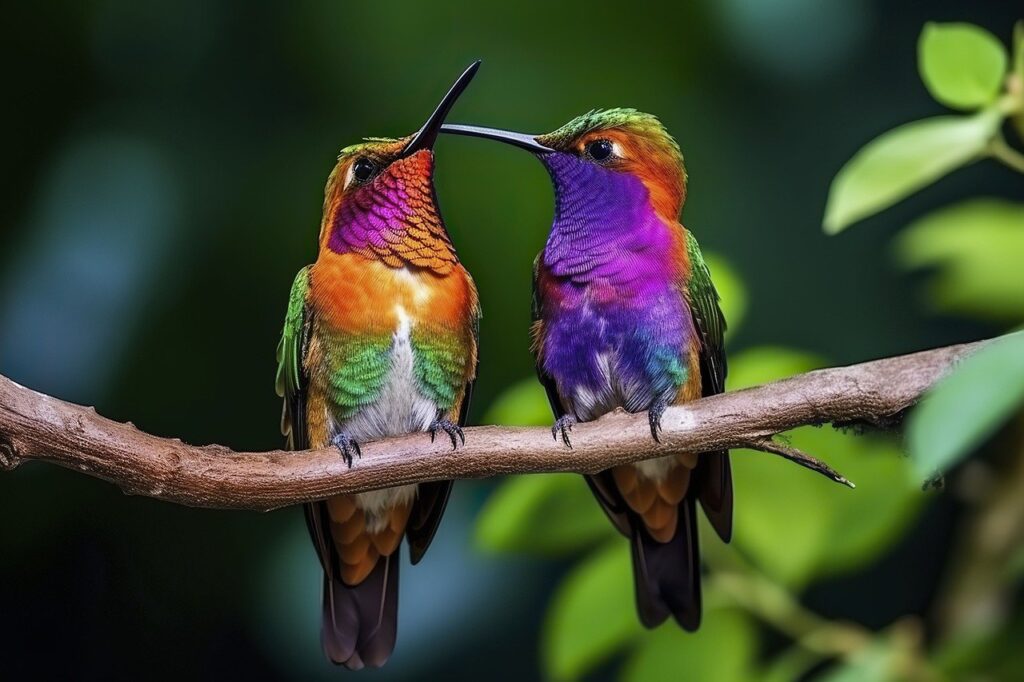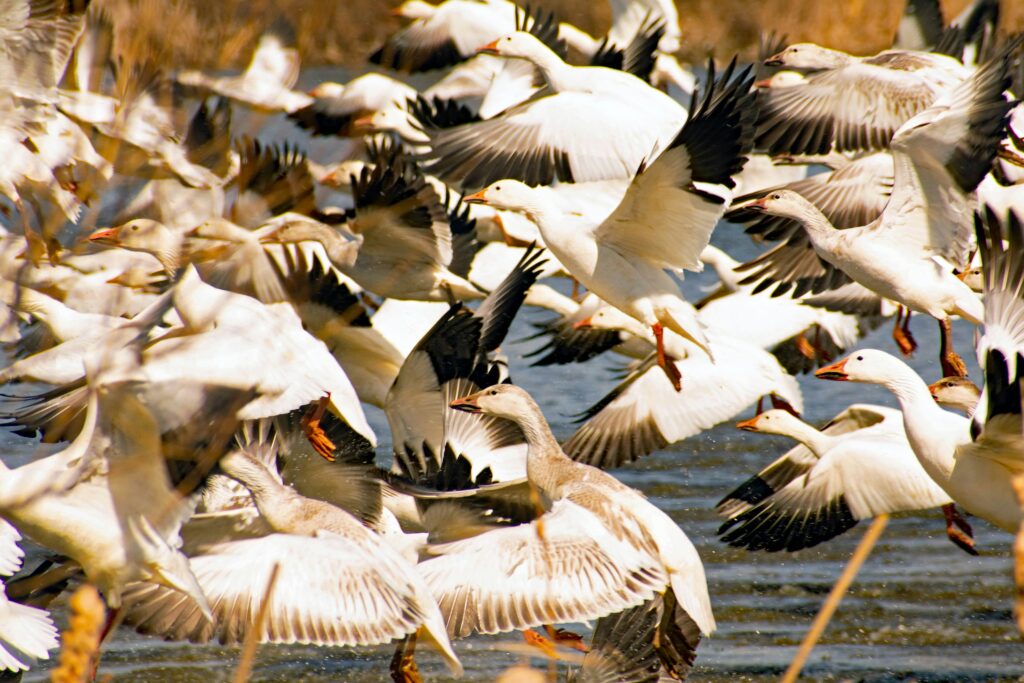Every year, the skies become a canvas of life as migrant birds embark on epic journeys that span thousands of miles. These remarkable creatures, driven by instinct and necessity, traverse landscapes, oceans, and seasons in search of better living conditions. Understanding their migration patterns not only enriches our appreciation for wildlife but also deepens our connection to the natural world.
Why Do Birds Migrate?
Migration is a fascinating phenomenon that serves as a survival strategy for many bird species. The primary reasons for migration include:
- Food Availability: Many birds migrate to exploit seasonal food sources. As winter approaches, insects, seeds, and fruits become scarce in temperate regions, prompting birds to head south where resources are more abundant.
- Breeding Needs: Migratory birds often travel to specific breeding grounds that provide the right environment for raising their young. Warmer climates offer a longer breeding season and a wealth of food, ensuring the survival of chicks.
- Climate Changes: Birds respond to changing weather conditions, seeking habitats that suit their needs. As temperatures drop or environments change, they move to more hospitable areas.
Who Are the Migrant Birds?
Several bird species are renowned for their migratory habits. Here are a few examples:
- Arctic Tern: Known for its incredible journey, the Arctic Tern migrates from its breeding grounds in the Arctic to its wintering grounds in the Antarctic, covering about 44,000 miles each year. The desire for abundant food and favorable breeding conditions drives this long-distance migration.
- Hummingbirds: These tiny wonders migrate from North America to Central America, navigating vast distances to escape the cold. Ruby-throated Hummingbirds, for instance, fly non-stop over the Gulf of Mexico, a remarkable feat for their size.
- Snow Geese: Flocking in massive numbers, Snow Geese migrate from their breeding grounds in Canada to wintering areas in the southern United States and Mexico. Their migration is a spectacular sight, showcasing the beauty of nature’s cycles.



The Journey of a Migrant Bird
The migration process is not without its challenges. Migrant birds face numerous obstacles, including:
- Predation: Along their journeys, they are vulnerable to predators. Many rely on their agility and flocking behavior to evade danger.
- Weather Conditions: Severe weather can disrupt migration patterns. Birds may need to find temporary shelter during storms or unfavorable winds.
- Habitat Loss: As natural habitats are altered or destroyed due to human activity, birds face increasing challenges in finding suitable stopover sites to rest and refuel during their migration.
The Importance of Migration
Migration plays a critical role in the ecosystem. By traveling long distances, birds contribute to the pollination of plants, seed dispersal, and the overall health of their environments. Their seasonal journeys connect ecosystems, creating a dynamic balance between species.
Conservation Efforts
Understanding the significance of migratory birds highlights the need for conservation. Organizations like the Migratory Bird Conservation Partnership work to protect critical habitats along migration routes, ensuring these incredible journeys can continue. Supporting such initiatives, whether through advocacy or eco-friendly practices, is essential for preserving the future of our feathered travelers.
Conclusion
The tales of migrant birds are stories of resilience, adventure, and survival. As they journey across continents, they remind us of the intricate connections within nature and the importance of protecting these delicate ecosystems. By fostering a deeper understanding of their migration, we can play our part in safeguarding the world they call home.








